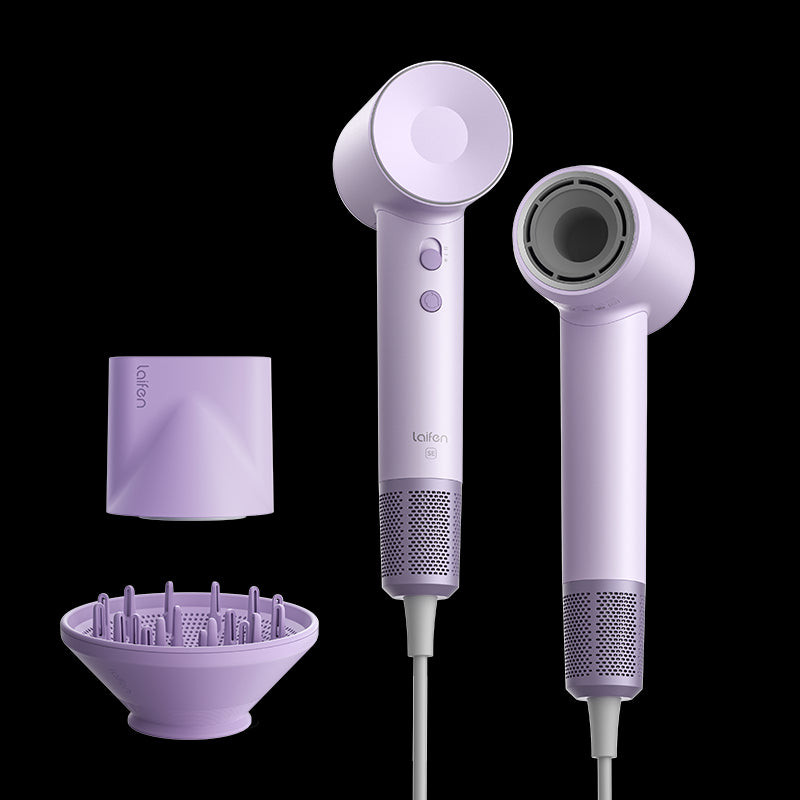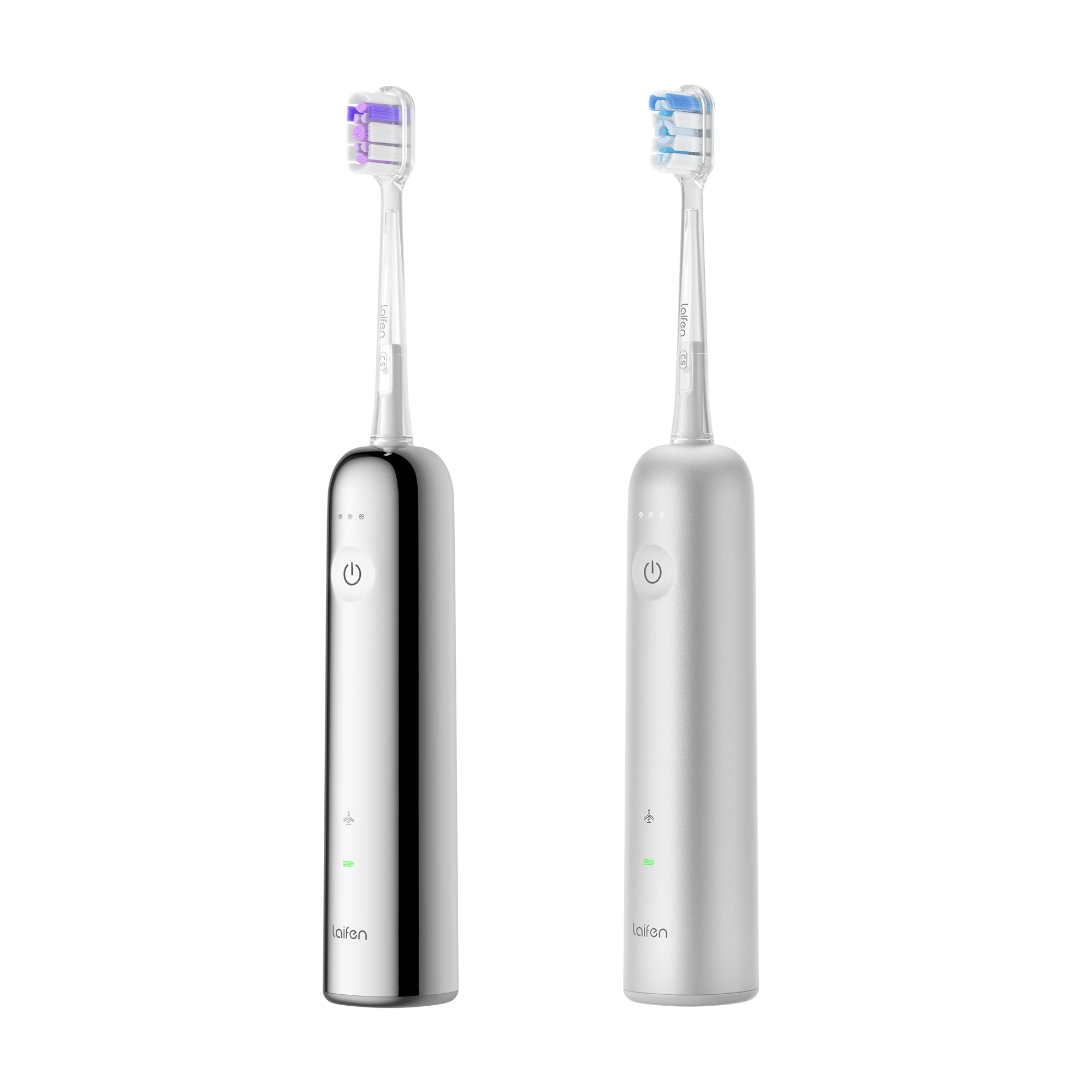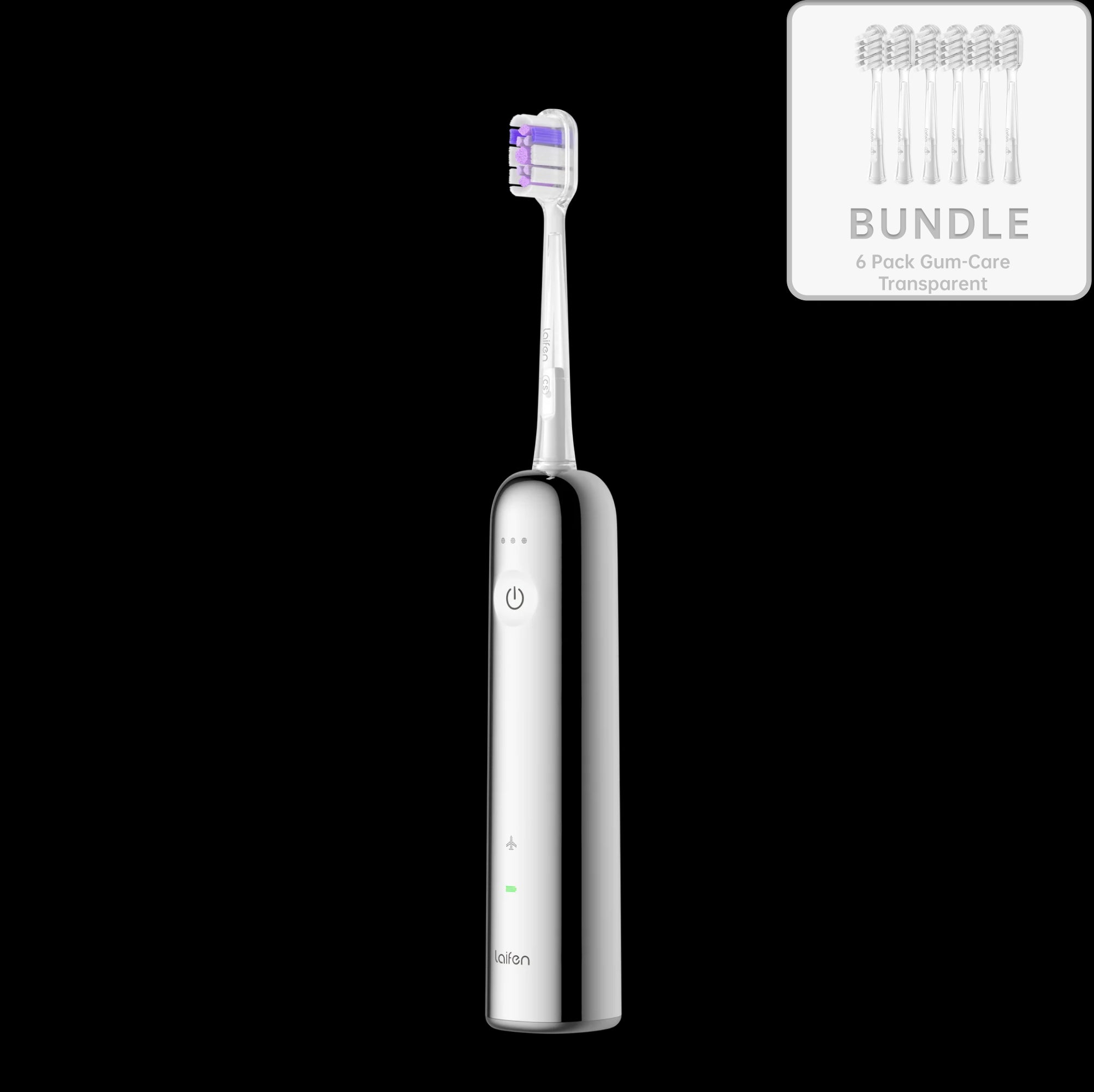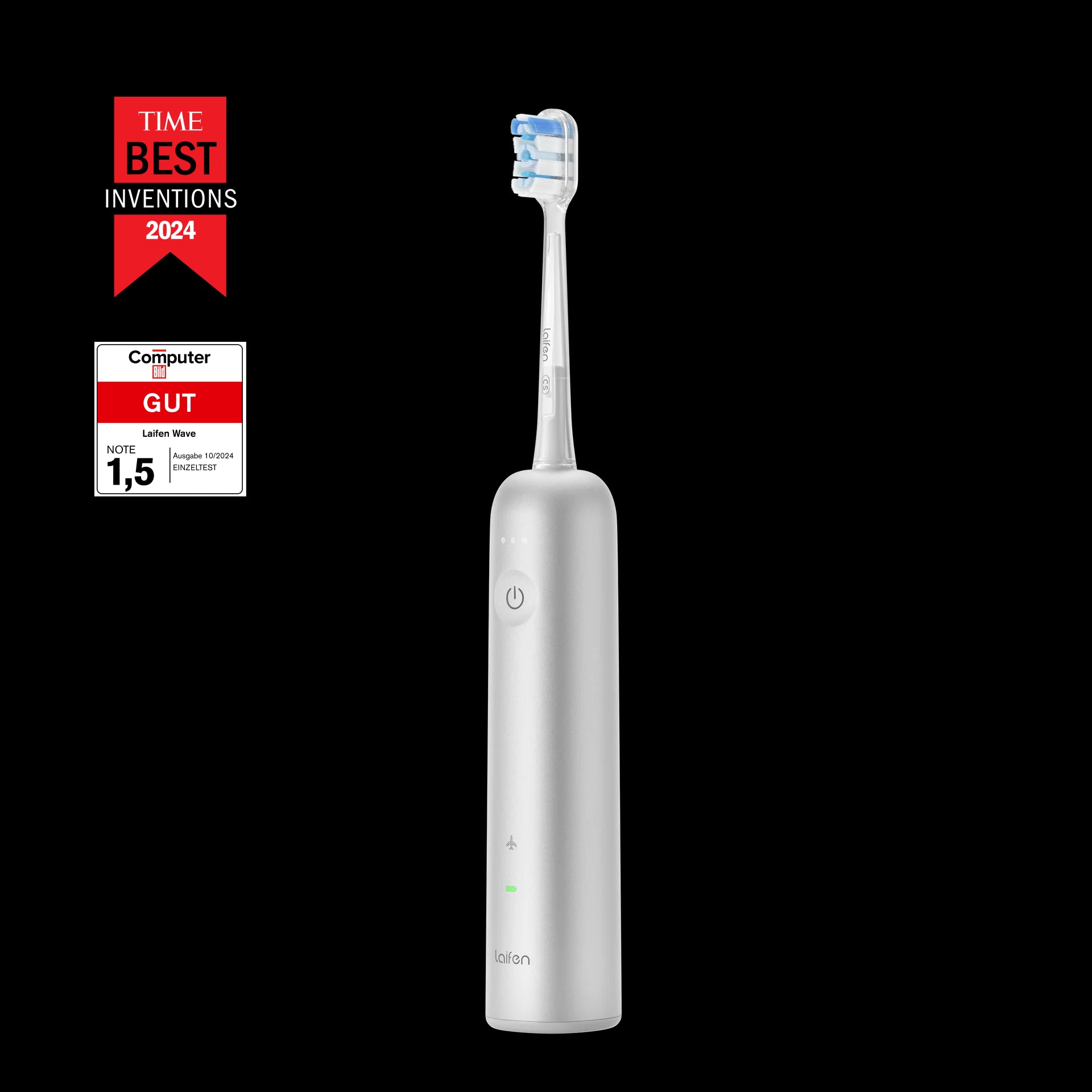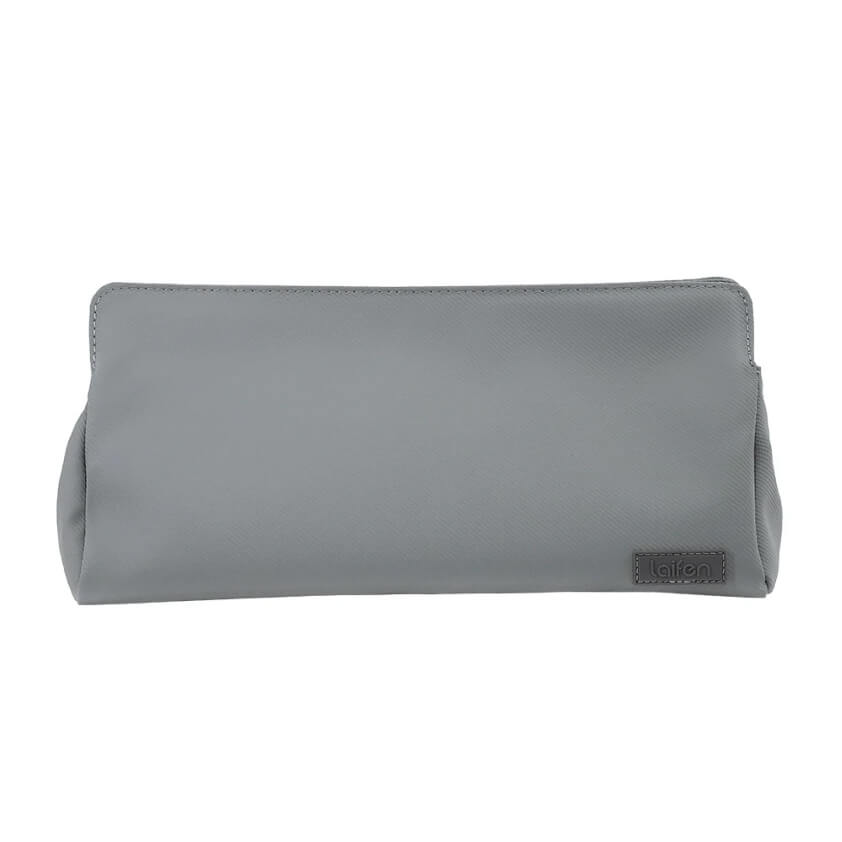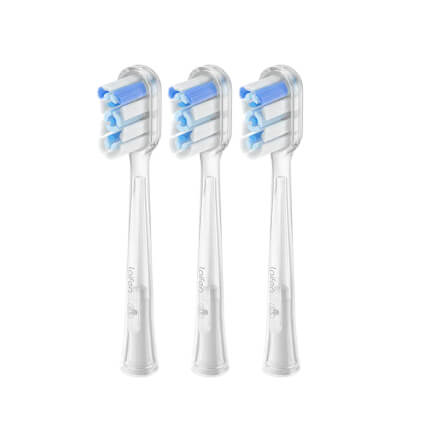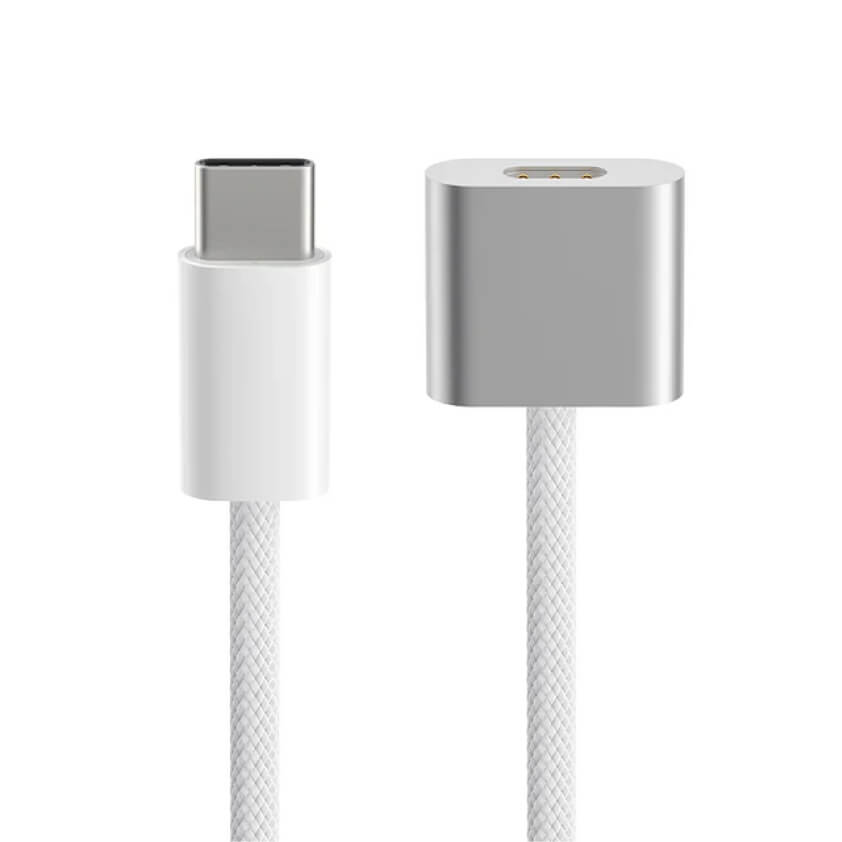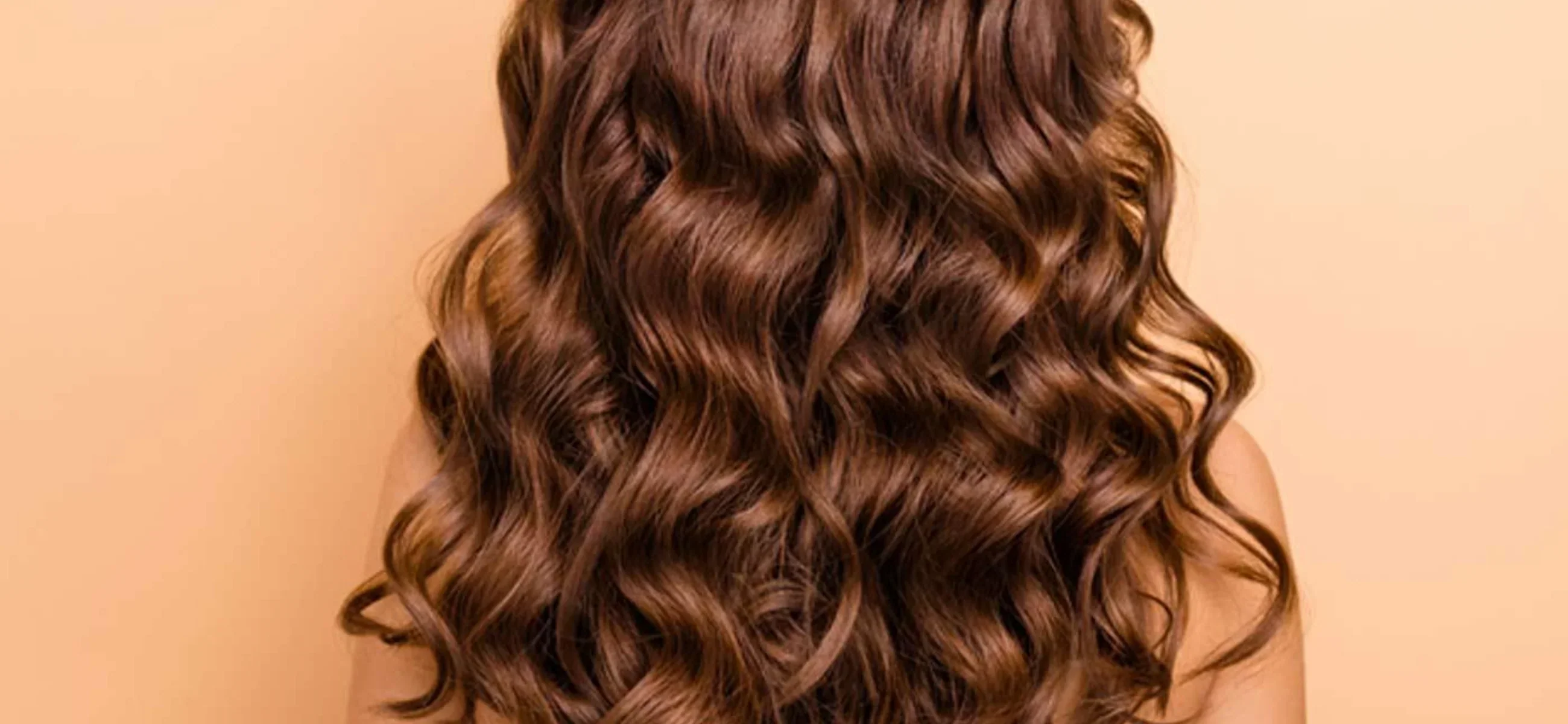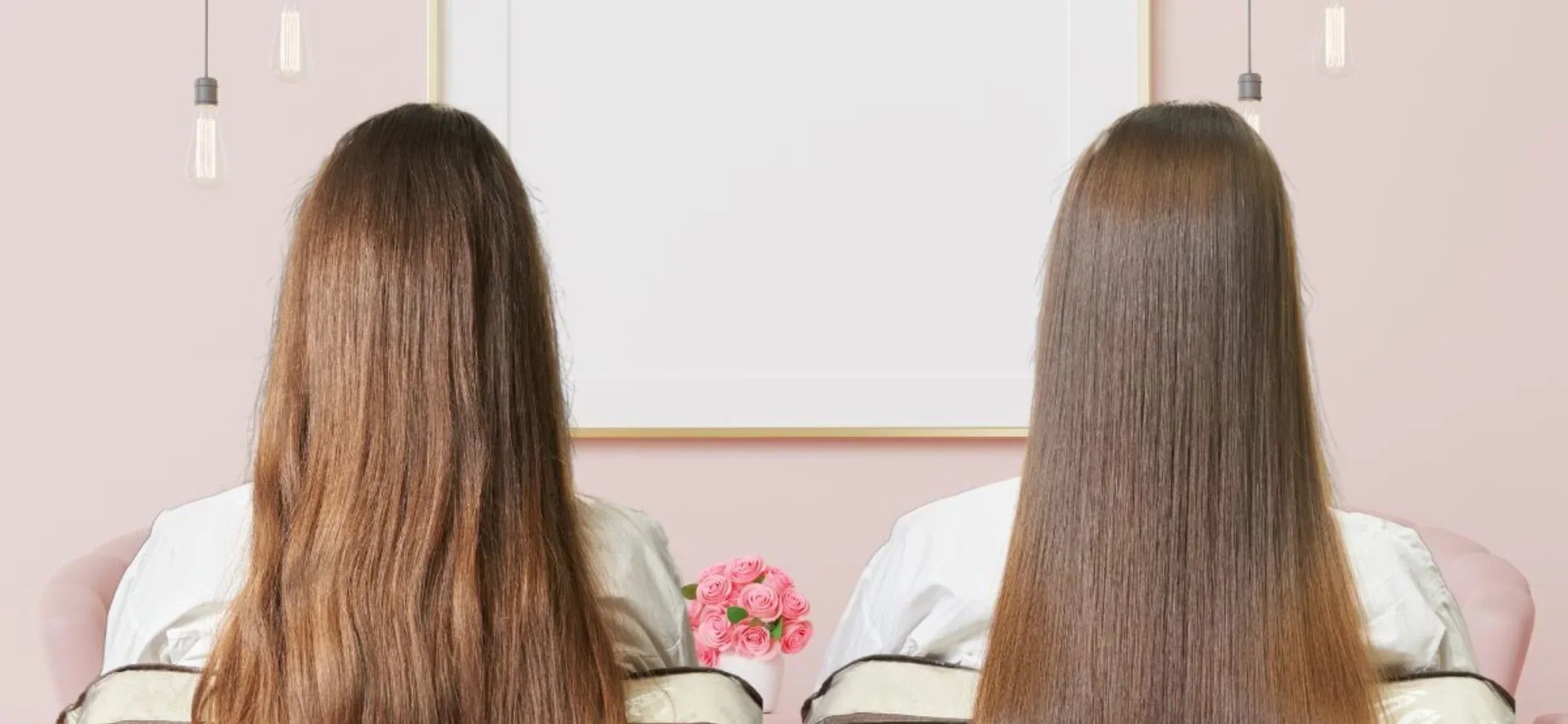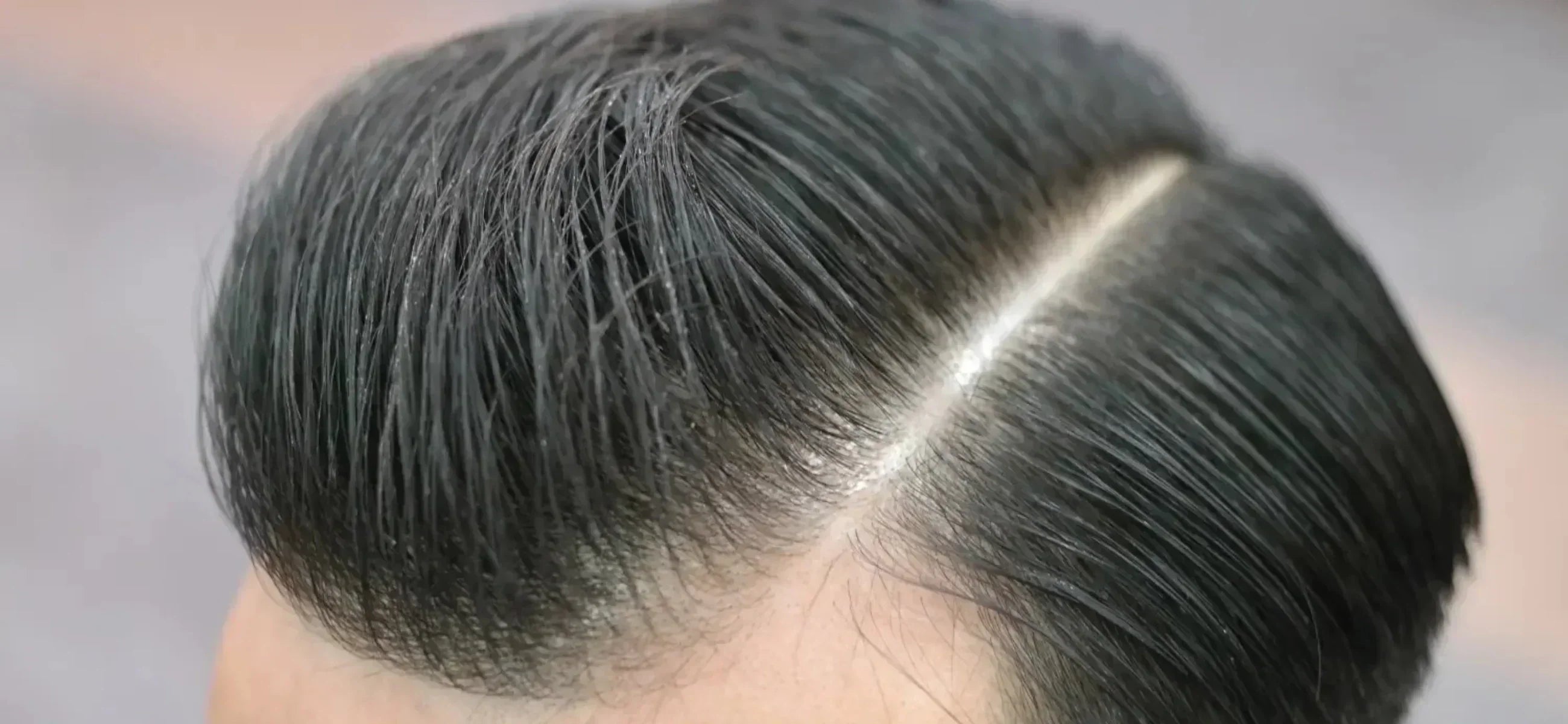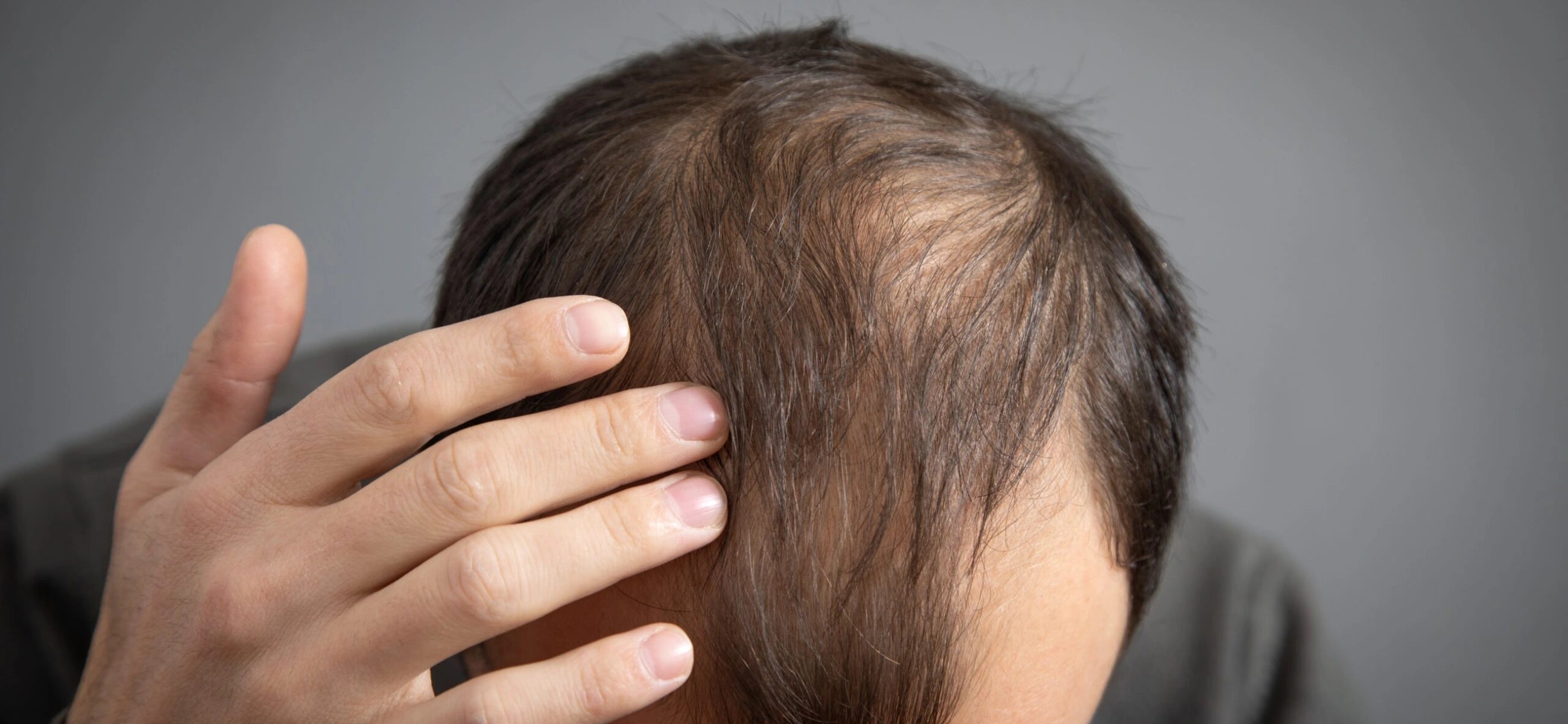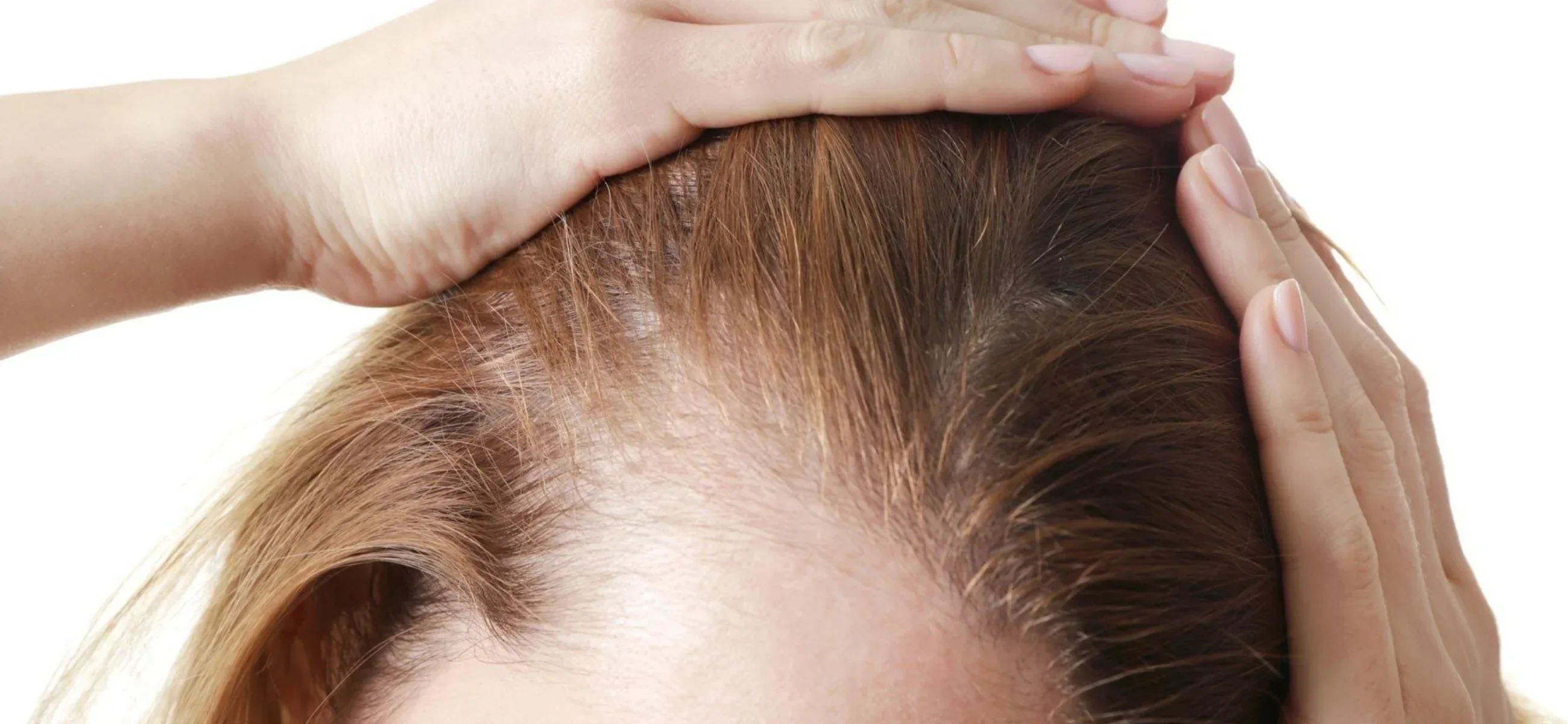
In this article
Hair loss has quietly become one of the most talked-about beauty and health concerns of our time, and more than just a cosmetic worry, it’s now a source of stress, insecurity, and confusion for millions.
According to the American Academy of Dermatology, it’s normal to lose between 50 to 100 hairs a day, but that hasn’t stopped the rising panic when strands show up on pillows, brushes, and bathroom floors. A global study by the International Society of Hair Restoration Surgery reported that over 60% of men and 40% of women experience some degree of hair thinning by age 35, and those numbers only rise with age.
The problem? Most people don’t know what’s actually normal when to shrug it off, and when it’s time to act. That’s where this guide comes in. Backed by professional insights and grounded in real-world hair science, this blog will help you decode the difference between everyday shedding and early warning signs.
Why hair loss happens naturally?
1. Your scalp is home to about 100,000 hair follicles, and each one is on its own clock. Hair grows (anagen), pauses (catagen), then rests and falls out (telogen). It’s maintenance. The shedding stage is part of the cycle that makes room for new growth underneath, so yes, sometimes hair has to fall out to make way for healthier strands.
2. Just like trees lose their leaves, our hair goes through seasonal changes, especially in the fall and spring. Dermatologists have even nicknamed this “seasonal molting.” You might notice a little more hair in your brush during these times, and that’s biology doing a seasonal reset.
3. Hormones play a major role in hair behavior. After childbirth, during menopause, or even with shifts in birth control or stress levels, hormone changes can nudge more hair into the shedding phase. That’s why new moms often find themselves sweeping up strands a few months postpartum.
4. As we age, hair follicles can shrink and produce thinner strands or pause production altogether. This doesn’t happen overnight, but over time, that thick ponytail from your 20s may feel a bit lighter.
5. Tight hairstyles, harsh brushing, and too-hot styling tools don’t cause “natural” hair loss per se but they accelerate it by stressing your strands. Think of your hair like a fabric: the more friction, heat, and tension it experiences, the faster it wears out.
How much hair loss is normal?
Seeing strands of hair on your pillow or watching them swirl down the shower drain can feel unsettling, but it’s not always a sign that something’s wrong. In fact, losing anywhere from 50 to 100 hairs a day is completely normal. That might sound like a lot, but imagine brushing out a day's worth of loose strands after wearing your hair up or not washing it for a couple of days. If you’ve ever washed your hair after skipping a day or two and noticed what feels like a mini hairball near the drain, you’re probably just catching up on natural shedding, not experiencing sudden loss.
It’s also important to remember that everyone sheds differently. Discover what’s going on.
Hair loss differences by hair type
Straight or fine hair
-
Shedding is usually more visible.
-
Strands slip out easily and often show up on clothing, pillows, or in the shower.
-
Even normal shedding can look like a lot because the hair doesn’t tangle or hide loose strands.
-
You might notice a few hairs after every brush or swipe through your scalp.
Curly or coily hair
-
Shed hairs tend to get caught in the curl pattern and stay put until wash day.
-
It may look like sudden or excessive hair loss during detangling, but it's usually just buildup from a few days.
-
Because textured hair is drier and more fragile, it’s also more prone to breakage, which can mimic the appearance of hair loss.
-
Gentle detangling and proper moisture are key to reducing unnecessary shedding or snapping.
Thick vs. Thin hair
-
People with thicker hair might lose more strands daily, but because they have more hair overall, it’s less noticeable.
-
Those with finer or thinner hair may lose fewer strands, but every hair counts more visually.
Hair loss by age group
Teens & Early 20s
-
At this stage, most hair is in its prime: thick, strong, and fast-growing.
-
Hair loss is usually minimal unless triggered by stress, crash dieting, hormonal imbalances (like PCOS), or over-styling.
-
Tight hairstyles, frequent coloring, or heat tools without protection can cause breakage, which may be mistaken for hair loss.
Late 20s to 30s
-
Hormones start to shift, especially around pregnancy or postpartum.
-
Many women experience telogen effluvium, a temporary shedding phase after childbirth.
-
Stress from busy lifestyles, work, or sleep disruption can also push more hairs into the shedding phase.
-
Men may begin to notice early signs of male pattern baldness, especially around the temples or crown.
40s to 50s
-
Hormonal changes become more noticeable, this is when androgenic hair thinning can begin in both men and women.
-
For women, perimenopause and menopause may lead to gradual thinning across the scalp rather than patchy loss.
-
Hair may start to grow slower, appear finer, and require more care to stay strong.
60s and beyond
-
Hair naturally becomes thinner with age. Follicles shrink and some even stop producing hair altogether.
-
This is a normal part of aging, much like graying hair.
-
Nutritional gaps, medications, or underlying health conditions can add to the effect, so it’s a good time to check in with a healthcare provider if shedding becomes excessive.
When hair loss is not normal
Here are a few conditions where hair loss isn’t considered normal:
Telogen effluvium
A sudden shock to the system (like illness, high stress, or surgery) can push more hair than usual into the resting phase. It shows up as excessive shedding a few months later. You might see hair come out in handfuls during shampooing or brushing, but the good news is it’s usually temporary.
Alopecia areata
This autoimmune condition causes the body to attack its own hair follicles, leading to round, smooth bald patches that seem to appear out of nowhere. It can affect the scalp, eyebrows, and even eyelashes.
Androgenetic alopecia
Also known as male or female pattern hair loss, this is the most common cause of long-term thinning. It shows up as a receding hairline or thinning crown in men, and a more diffuse loss along the part line in women.
Trichotillomania
This is a lesser-known but very real condition where individuals feel compelled to pull out their own hair, often without realizing it. Over time, it can cause noticeable thinning or patchy areas, especially on the scalp, eyebrows, or lashes.
Nutritional deficiencies & Medical issues
Hair is one of the first things to respond when something in your body is off. Deficiencies in iron, vitamin D, or protein can cause thinning. Thyroid imbalances or chronic illnesses can do the same. If your hair loss comes with other symptoms, it’s worth checking in with your doctor.
Why is the Laifen SE hair dryer ideal for your hair?

The Laifen SE hair dryer is designed with your hair’s health in mind, using advanced low-temperature, high-speed airflow to dry your strands efficiently without frying them. That means less heat exposure, less damage, and more time for your hair to just be… hair.
What really sets the Laifen SE apart is its negative ion technology, which may sound fancy but makes a big difference. These tiny charged particles help seal your hair’s cuticle as you dry, reducing frizz and locking in moisture. This dryer gives your hair the strength it needs with no overheating, no over-drying, just better hair days ahead.
Hair care tips for reduce breakage and shedding
1. Start from the ends and work your way up using a wide-tooth comb or your fingers. Tugging from the roots can snap strands that were never meant to fall.
2. Ponytails and buns that pull too tight can strain your follicles over time. Give your scalp a break and try looser styles when you can.
3. Rough towel-drying can cause friction and breakage. Swap it for a soft microfiber towel or cotton T-shirt to gently blot instead of rub.
4. Blow-dryers, flat irons, and curling wands can dry out and damage hair fast. Use a low-heat tool like the Laifen SE to style without the sizzle.
5. Hair needs protein, iron, omega-3s, and vitamins like biotin to grow strong. A balanced diet (or supplements if needed) can help support healthier strands.
6. Healthy hair starts at the roots. Massage your scalp regularly to boost circulation, and use a gentle exfoliating scrub now and then to keep it clean and refreshed.
Conclusion
Hair loss can feel overwhelming, but understanding what’s normal can bring a lot of peace of mind. From daily shedding to age-related changes, your hair is constantly evolving, and most of the time, it’s just doing what it’s meant to do. By learning to care for it, paying attention to the signs, and choosing the right tools, like the Laifen SE hair dryer, you’re already taking steps toward stronger, healthier hair.


